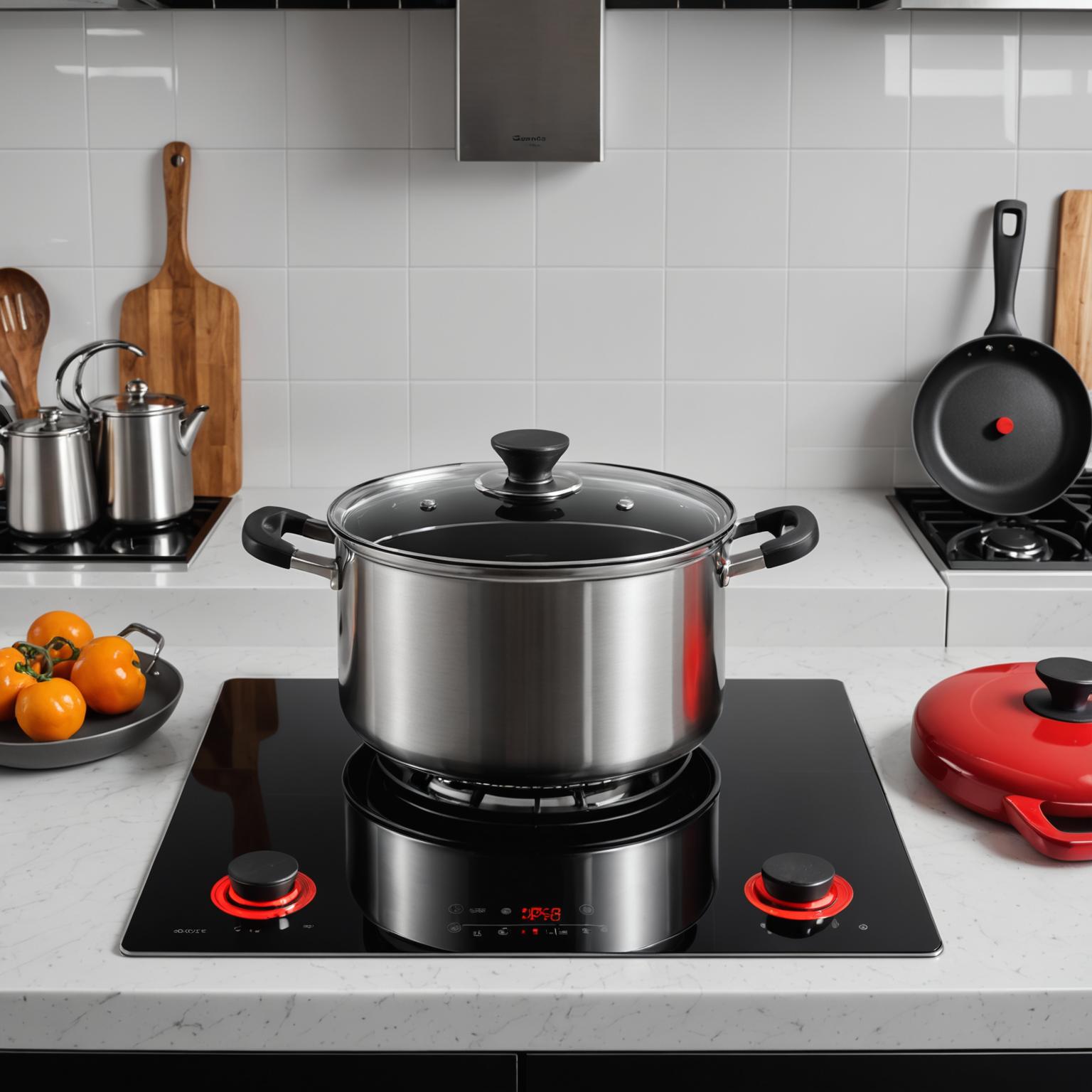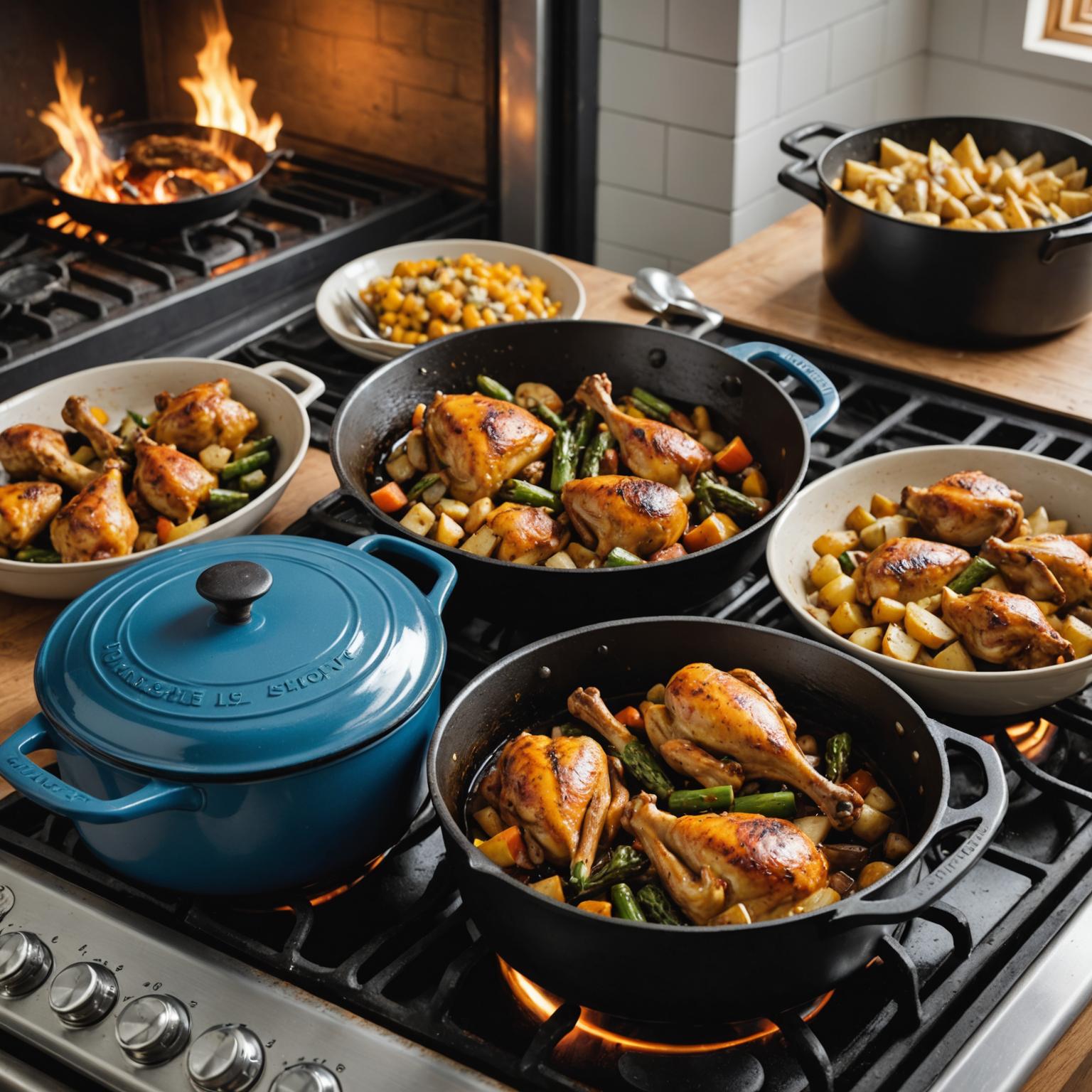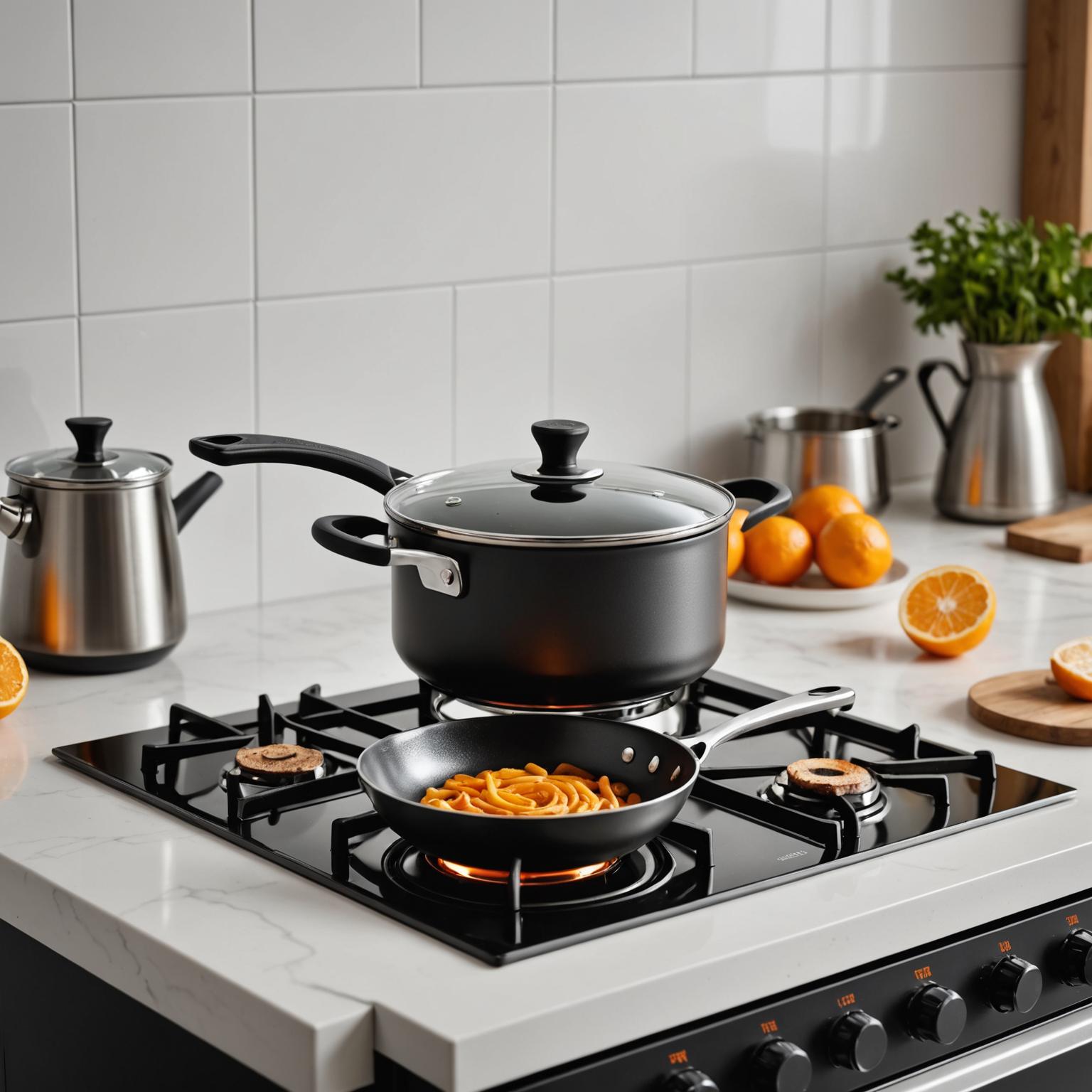Choosing the right kitchen equipment is essential for a seamless cooking experience, and a component often overlooked is the Stove Top Surface Grate. While we focus on our pots and pans, the grate is the foundational platform that supports them, influencing everything from heat distribution to stability. The type of grate you have can dramatically alter how you cook, clean, and interact with your cooktop. Understanding the differences between the available options is key to optimizing your kitchen for both performance and convenience.
Cast Iron vs. Coated Grates: A Material Showdown
One of the most significant comparisons is between a cast iron stove top grate and those made from lighter, coated materials. A cast iron stove top grate is the heavyweight champion, prized for its exceptional durability and superior heat retention. It holds heat long after the flame is turned down, which can help keep food warm. This material provides a sturdy, professional-feel surface that can handle the heaviest of pots and pans without issue. However, its weight can make it cumbersome to lift for cleaning, and it requires proper maintenance to prevent rust. On the other hand, porcelain or enamel-coated steel grates are much lighter and often easier to clean. They offer a sleeker, more modern look but can be less durable; a chip in the coating can expose the underlying metal to rust and deterioration over time.
Continuous vs. Individual Grates: Which Design is for You?
Beyond material, the design of the cooktop surface grate plays a crucial role in daily usability. The two primary designs are continuous and individual. Continuous grates interlock to create a single, level surface across all the burners. The major advantage is the ability to slide heavy pots, like a stockpot or a large frying pan, from one burner to another without lifting them. This design also provides greater stability for oversized cookware. In contrast, individual grates, or a separate stove top burner grate for each flame, are smaller and lighter. This makes them significantly easier to remove and clean in a standard sink. The tradeoff is an uneven surface that requires you to lift and place cookware carefully, and they may offer less stability for larger pans.
Navigating Electric and Specialty Stovetops
While most commonly associated with gas ranges, a grate for stove top cooking also exists for other fuel types. The electric stove grate, for instance, is found on older coil-style electric stoves. These are typically lighter and serve simply to elevate the pan over the heating element. However, modern cooking has evolved. Many kitchens now feature smooth ceramic or induction cooktops, which eliminate the need for grates entirely. This shift highlights the importance of versatile cookware. For example, a product like the Ultra-Modern StoneCoat Frying Pan is engineered for compatibility with all heat sources, from a traditional gas stove top grate to the flat surface of an induction unit, ensuring top performance no matter your kitchen setup.
Making the Right Choice for Your Culinary Needs
Ultimately, selecting the right stove top grate comes down to personal preference and cooking habits. If you value robustness and heat retention, cast iron is a fantastic choice. If easy cleaning and a lighter weight are your priorities, a coated grate might be better. Similarly, your choice between a continuous or individual grate for stove top use will depend on whether you prioritize easy movement of pots or simplified cleaning. At GUANGDONG WEBO TECHNOLOGY Co., LTD, we understand that quality matters in every detail. Adhering to strict ISO 9001 and ISO 14001 standards, we believe every kitchen component should be built for performance and longevity. Your cooktop grate is the unsung hero of your stove, and choosing the right one ensures your high-quality cookware can perform at its absolute best.






